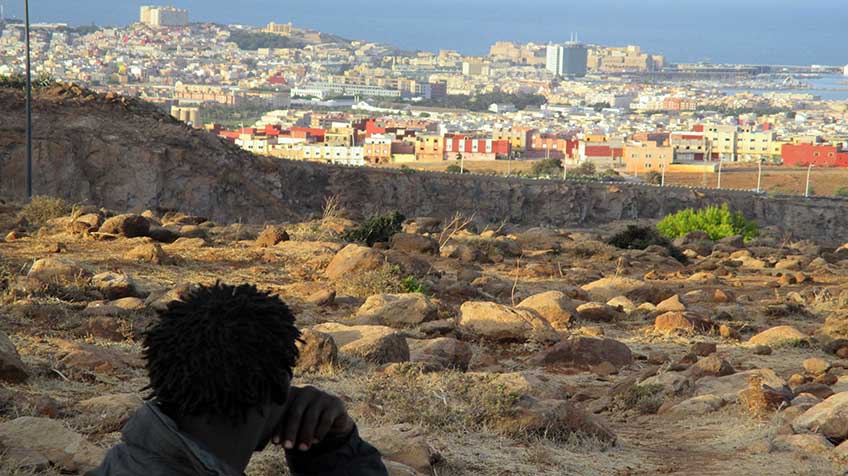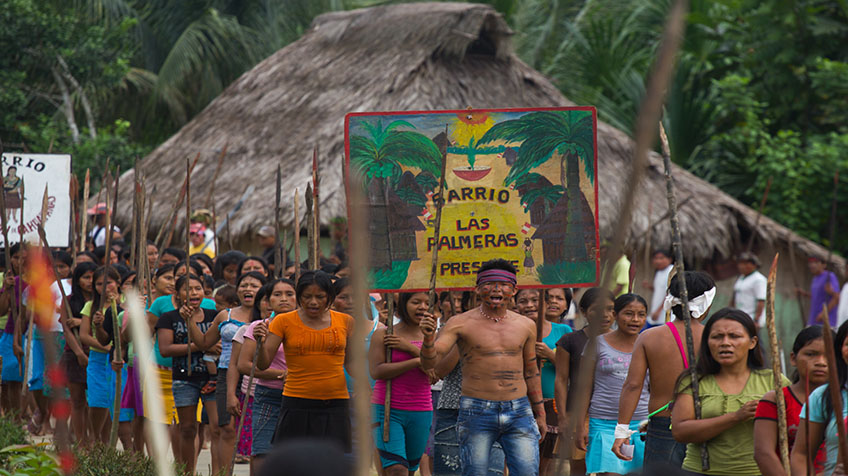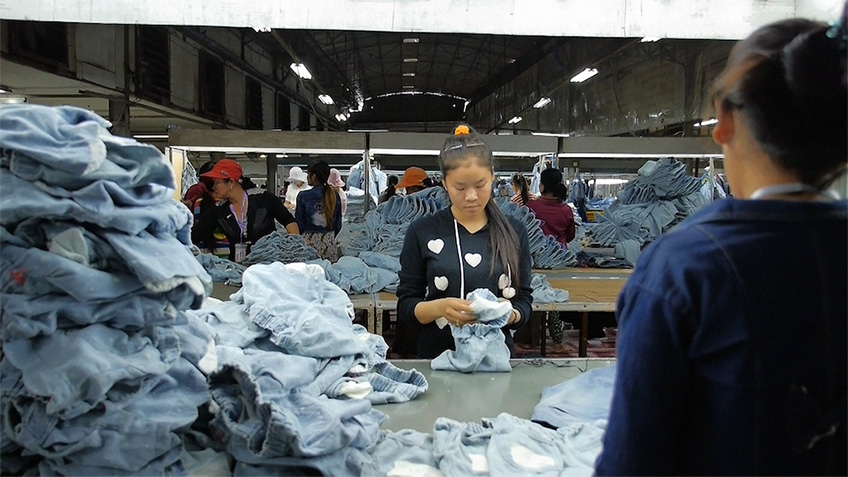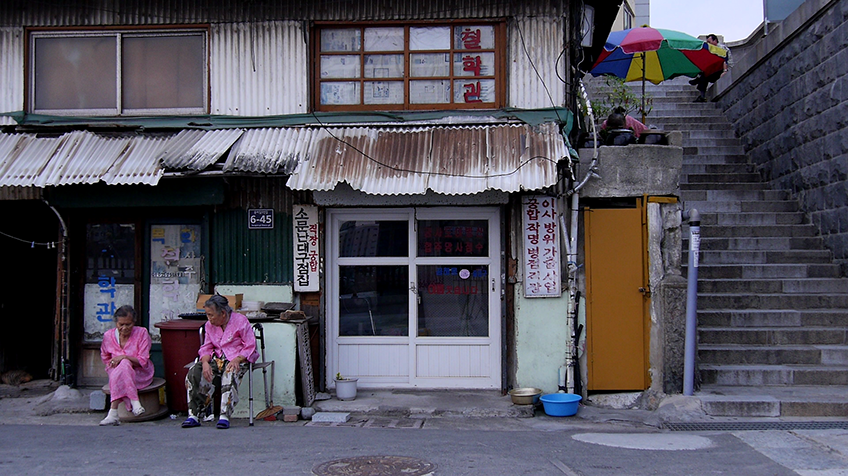International Competition
White Goose Award
Those Who Jump
- Denmark
- 2016
- 82min
- DCP
- color
In Melilla of northern Morocco, a camp of African migrants who come there to jump the fence between Europe on African Land is set. The person with the camera is not the director of the film, a European as the other in the African migrant camp, but Abou Bakar Sidibé who has resided in the camp for 15 months, which turns out to be an adventurous but excellent idea for the film. Abu, unfamiliar with the camera and confused at first, but soon become knowledgeable about the framing and techniques, and finally feels alive when he films with a camera. Viewers can feel his frustration, fear while attempting to jump the fence and the hope he has still and would never give up. The police sets fire in the camp to stem the flood of refugees and injured Abu’s friends and neighbors when they tries to jump the fence.
There is another camera compared to Abu’s one―we see the video from the infrared camera with super objective view which the police has. The black and white image with no sound which embodies its impersonality had not only a huge emotional impact but also an aesthetic effect. The viewers watch the video which films a migrant crowd rushing toward to and trying to jump the fence from a distance, which contrasts with the one filmed by Abu’s camera with subjective and personal perspective. This is an amazing work which captures a powerful life force ceaselessly trying to overcome the crisis and hardships with crossing between a microscopic and a macroscopic perspective. [Lim Sea-eun]
Director
-
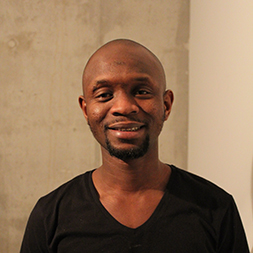
Abou Bakar Sidibé
Harvest Hand (2013)Blue Elephant (2010)Long Distance (2009)My Name is Karl (2008)Anne and Gail (2009) -
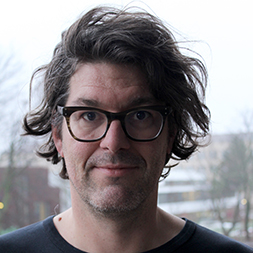
Moritz Siebert
Harvest Hand (2013)Blue Elephant (2010)Long Distance (2009)My Name is Karl (2008)Anne and Gail (2009) -

Estephan Wagner
Last Dreams (2013)Vanishing Worlds (2011)The Finishing Line (2009)Waiting for Women (2008)
Credit
- ProducerSigne Byrge Sørensen, Heidi Elise Christensen
- Cinematography Abou Bakar Sidiné
- Editor Estephan Wagner
Special Jury Award
When Two Worlds Collide
- Peru, UK
- 2016
- 103min
- DCP
- color
The film presents with speed the tragedy caused by conflict between two world related to the land development law to approve the privatization of Amzonian native community land. The Peruvian government allowed for foreign companies to invest in Peru’s natural-resources of oil and minerals buried in the Amazon forests and tried to impose the law of privatizing property on Native community land in 2009. The umbrella group ‘Interethnic Association for the Development of the Peruvian Rainforest’ (AIDESEP) held a huge demonstration, demanding that the government wholly repeal laws passed without input from native groups. The confrontation between these two worlds resulted in a sanguinary collision in which twenty four police and ten civilian demonstrators were killed and a lot of people were lost.
The film starts by clarifying the Rights of Indigenous Peoples recognized by the UN, ILO, etc., indigenous peoples' right to the possession of the land where that they have lived traditionally and to self-determination and the control over natural resources that the land maintains. But the logic of development and modernization represented by the position of the president Alan Garcia has already destroyed the Amazon Rainforest and seriously threatened the native's life. The government armed with the logic of the invitation of investment capital and of development, and ‘AIDESEP' demanding the sustainable life of the native community and the traditional way to live, these two worlds still stand off each other and remain apart on the issue. The film, dealing with the incident that it happened in the foreign country far from here, present a landscape very familiar to us. The familiar landscapes, we could ever meet in Miryang and Gangjeong, are repeated time and again all over the world. The film depicts the views of the world, the way to treat the world and even the philosophical problem with the strange and familiar landscapes. [Park Hye-mi]
Director
-

Heidi Brandenburg
When Two Worlds Collide (2016) -

Mathew Orzel
When Two Worlds Collide (2016)
Credit
- ProducerTaira Akbar
- Cinematography Heidi Brandenburg, Mathew Orzel
- Editor Carla Guitierrez
- Music H. Scott Salinas
- Sound Taira Akbar, Heidi Brandenburg
Asian Competition
Asian Perspective Award
Red Clothes
- Cambodia
- 2016
- 65min
- DCP
- color
Globalization makes many things possible, but paradoxically, makes more things impotent. The value of human is replaced or erased fastest in those two extremes. Cambodia is called the Asian paradise for multinational fashion brand industry, but the people within the paradise live in struggles, not guaranteed of any kind of worth. While working 24-hour, producing hundreds of clothes and working for nothing for months, what they get is vicious repress of the factory along with governmental authority as well as sudden lockout instead of proper salary. Sophanith participated in the protest to request better working condition, but he had to endure bullet wound shot by a police and cold eyes seeing the protest as failure. The voice of workers is still out on the society and the camera quietly follows their struggle and Sophanith’s daily life. The director is not swayed by militant emotion around the scene; she just walks at their speed and finally makes a way of the voices for the society that no one listens to before. delicately captures their expressions and the factory landscape to portray a journey of workers’ struggle as well as their portraits living in the era of neo-liberalism under the globalized economic development. [Choi Min-ah]
Director
-
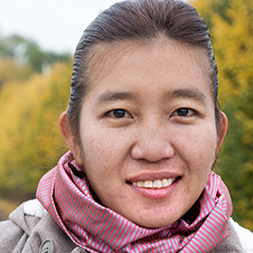
Chan Lida
Red Wedding (2012)My Yesterday Night (2010) There are nearly 700 000 Cambodian young farmers left their homes villages to work in the thriving factories as cheap workforce for international textile brands. Genuine grievances on minimum wages have perennially been ignored.I had the opportunity to meet Ty Sophanith during labor protests that took place over several months in late 2013 and early 2014. Only after being wounded by police bullets during a peaceful wage-increase demonstration, Sophnaith and family agreed to testify and to be filmed to show to the world the real situation of Cambodian labors’ life.I choose to tell Sophanith’s story to humanize the issue of poor and deplorable living conditions of Cambodian textile workers. This film is, for me, a unique means to reverse the role of the victim.
Credit
- ProducerLida Chan
- Cinematography Saobora Narin
- Editor Saobora Narin
- Music Thom Thom
- Sound Saem Narin
Korean Competition
Best Korean Documentary Award
The Remnants
- Korea
- 2016
- 130min
- DCP
- color
It’s been 7 years since Yongsan Disaster took place. It has also been 7 years since 5 evicted residents were accused of being together as co-principal offenders at the spot instead of exact cause which was a rare trial. The film proceeds with voices of the 5 who served more than 4 years because they were on the watchtower. The previous work 2 Doors (2011) started this series with the SWAT team to reveal the truth and takes standard tactics which listen to the evicted who were at the agonizing scene of the accident. In that sense, The Remnants and 2 Doors are continuing works but they are heads and tails. Most of all the film makes a choice to reflect and to remember the inside first not the way of putting an edge on the outside absurdity. Beginning with the present condition, it goes through regret, disappointment, self-resentment, guilty conscience toward the truth and it is beyond our capacity. However, it never stops its tough attempt for the truth of that day while revealing victims’ weakness. It is desperate that much. The film is also tracing back to the incident with interviews, the memories. The truth and someone’s memory are engaged in the film but the memory is also engaged with desire of the person who remembers and takes an independent road. The memory of that day brooded over 7 years is also another homework for all of us for fact finding work. Although the film takes standard tactics which is an interview documentary, The Remnants has many layers within it including unstoppable self-examination. [Lee Seung-min]
Director
-

Kim Il-rhan
Remember Me This Way Mamasang: Remember Me This Way (2005)3xFTM (2008)Two Doors (2012) -

Lee Hyuk-sang
Miracle on Jongno Street (2010)
Credit
- Cast Kim Ju-hwan, Kim Chang-su, Lee Chung-yeon, JI Seok-jun, Cheon Ju-seok
- Cinematography Lee Hyuk-sang
- Editor Kim Il-rhan, Lee Hyuk-sang
- Music Choi Ui-gyeong
- Sound Pyo Yong-soo
Special Jury Award
Still and All
- Korea
- 2015
- 92min
- DCP
- color
Yeongdo Bridge in Busan, it was the place where war refugees made promises for their reunion, where fortune tellers gathered to tell them whereabouts of dislocated family members. Now there are people who still lead their lives there in silence: elderly female fortune teller grannies who spent 40 or 50 years of their lives under the bridge, a puppy granny who takes care of a dog as old as she is and her daughter, a hearing-impaired female diver granny who still does diving job, a part-time welder who started his career at the age of 19, etc. Now they are requested for new lives in the middle of changes happening in Yeongdo.
The reopening of Yeongdo Bridge after 47 years of closing tries to drive out memories and spaces of people who stayed there carrying the past and present history of the place. The director captures lives of 5 people dynamically. Memory, amusement, will or regret over dream and life are reflected in the film, and the record of lost things is extended as such.
The laughter of people who filled the fortune teller alley, the lingering sound of saxophone which was played when the last ship was sent out from the shipyard, and the bustling sound of people walking over the bridge are all disappearing one by one over the swelling sea. Nevertheless the lives of people who lived there still go on. [Lee Hyeon-hui]
Director
-

KIM Youngjo
Still and All (2015)
The Hunt (2013)
My Family Portrait (Redux) (2013)
A Fishbone in the Throat (2009)
Taebaek, Land of Embers (2008)
Credit
- ProducerKim Dong-baek
- Cast Lim Gan-ran, Bae Nam-sik, Gwon Min-gi, Gang Hae-chun, Kim Sun-deok
- Cinematography Kim Dong-ik
- Editor Kim Young-jo
- Sound Koo Hyun-uk
